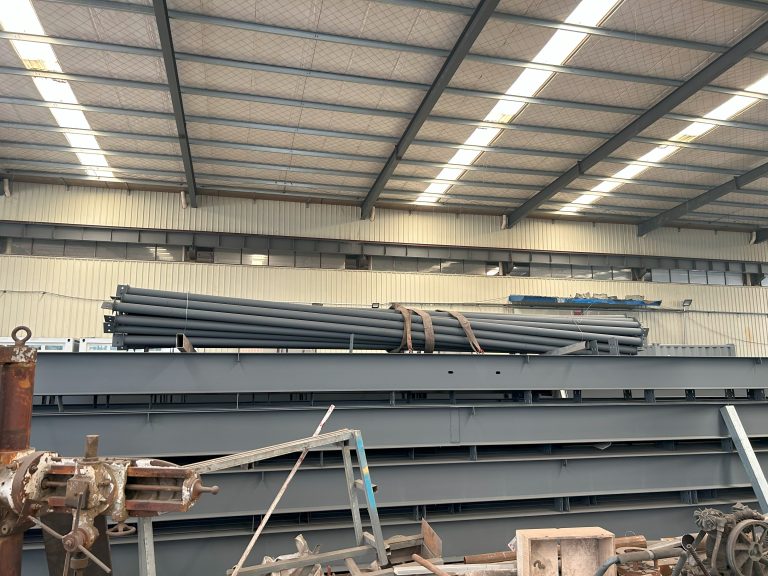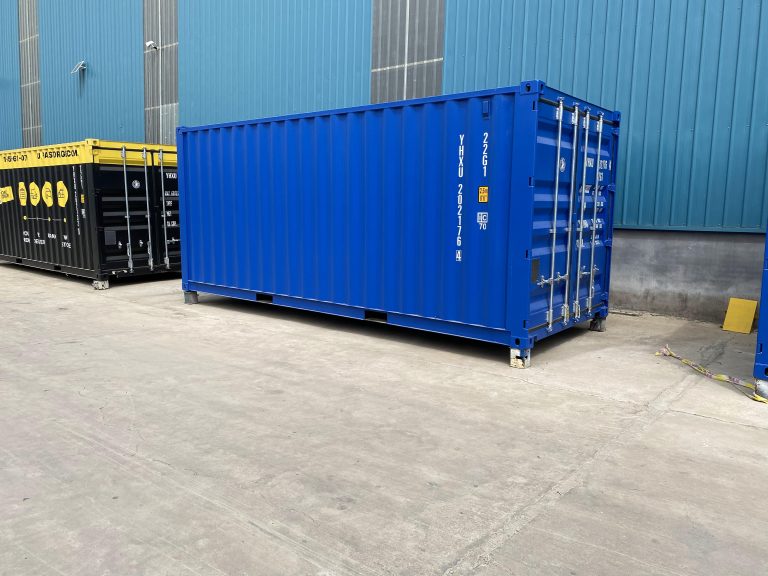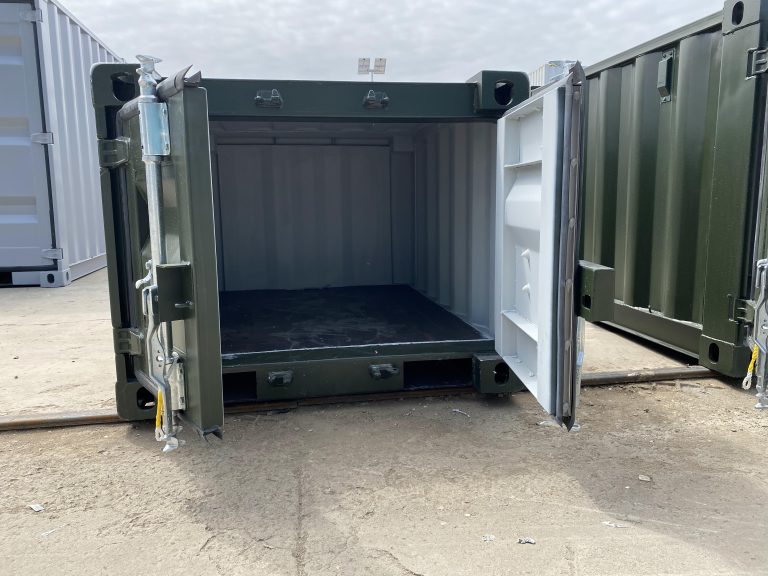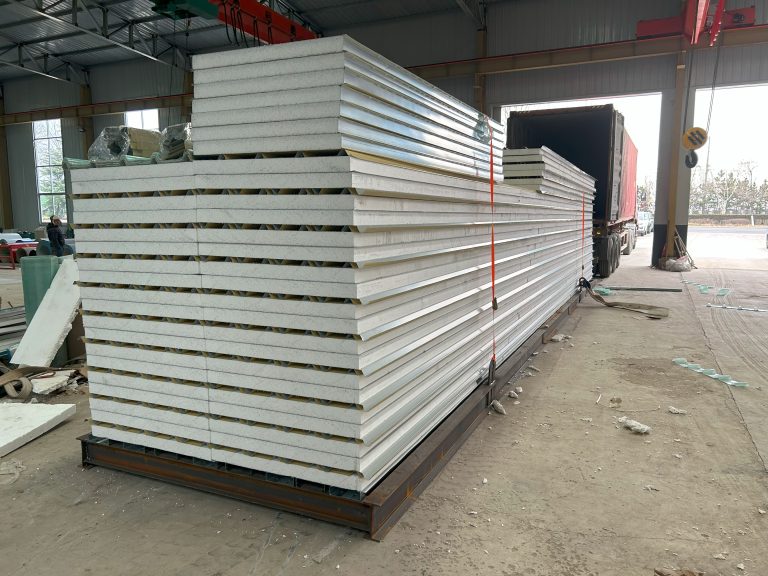How does the steel structure industry adapt to the changes and needs of the future urban spatial form?
Inhoudsopgave
Sustainable Steel Structures for Future Urban Development
The steel structure industry plays a crucial role in shaping the future urban spatial form. As cities continue to grow and evolve, the demand for sustainable and efficient building materials is on the rise. Steel, with its strength, durability, and versatility, has become a popular choice for architects and developers looking to create innovative and environmentally friendly structures.

One of the key challenges facing the steel structure industry is adapting to the changing needs of urban development. As cities become more densely populated and land becomes scarce, there is a growing demand for buildings that can maximize space and efficiency. This has led to a shift towards taller and more compact structures, which require new approaches to steel construction.
In response to these changing needs, the steel structure industry has been developing new technologies and techniques to create sustainable and efficient buildings. One of the most important advancements in recent years has been the development of high-strength steel, which allows for lighter and more slender structures that can support greater loads. This not only reduces the amount of steel needed for construction but also allows for more flexible and creative designs.
Another key trend in the steel structure industry is the use of prefabricated and modular construction methods. By fabricating building components off-site and assembling them on-site, developers can reduce construction time and waste, while also improving quality and safety. This approach is particularly well-suited to urban environments, where space is limited and construction noise and disruption must be minimized.
In addition to technological advancements, the steel structure industry is also focusing on sustainability and environmental impact. Steel is already one of the most recyclable materials in the world, with a recycling rate of over 90%. By using recycled steel in construction, developers can reduce their carbon footprint and contribute to a more circular economy. In addition, new coatings and treatments are being developed to improve the durability and longevity of steel structures, further reducing their environmental impact.
As cities continue to grow and evolve, the steel structure industry will need to adapt to new challenges and opportunities. One of the key trends shaping the future of urban development is the rise of smart cities, which use technology to improve efficiency, sustainability, and quality of life. Steel structures can play a key role in this transformation, providing the framework for smart buildings and infrastructure that can adapt to changing needs and conditions.
In conclusion, the steel structure industry is well-positioned to meet the challenges of future urban development. By embracing new technologies, techniques, and materials, developers can create sustainable and efficient buildings that enhance the quality of life in cities around the world. With a focus on innovation, sustainability, and adaptability, the steel structure industry will continue to play a vital role in shaping the future urban spatial form.
Innovative Design Solutions for Adapting Steel Structures to Changing Urban Spatial Needs
The steel structure industry plays a crucial role in shaping the urban spatial form of cities around the world. As urban populations continue to grow, the demand for innovative design solutions that can adapt to the changing needs of urban spaces is becoming increasingly important. Steel structures offer a versatile and sustainable option for architects and urban planners looking to create dynamic and efficient urban environments.
One of the key challenges facing the steel structure industry is the need to adapt to the changing demands of urban spatial form. As cities become more densely populated, there is a growing need for structures that can maximize space while minimizing environmental impact. Steel structures are uniquely suited to meet these challenges, as they can be designed to be lightweight, flexible, and easily customizable to fit the specific needs of a given space.
In order to adapt to the changing needs of urban spatial form, the steel structure industry is constantly innovating and developing new design solutions. One of the most exciting developments in recent years has been the use of parametric design software, which allows architects and engineers to create complex and dynamic structures that would have been impossible to build using traditional methods. This technology has revolutionized the way that steel structures are designed, allowing for greater flexibility and creativity in the design process.
Another important trend in the steel structure industry is the use of sustainable materials and construction methods. As concerns about climate change and environmental sustainability continue to grow, there is a growing demand for buildings that are energy-efficient and environmentally friendly. Steel structures are inherently sustainable, as steel is one of the most recyclable materials on the planet. By using recycled steel and incorporating energy-efficient design features, architects and engineers can create buildings that have a minimal impact on the environment.
In addition to sustainability, the steel structure industry is also focused on creating structures that are resilient and adaptable to changing urban conditions. With the increasing frequency of extreme weather events and natural disasters, there is a growing need for buildings that can withstand these challenges. Steel structures are inherently strong and durable, making them an ideal choice for buildings that need to be resilient in the face of adversity. By incorporating innovative design features such as seismic bracing and advanced fire protection systems, architects and engineers can create buildings that are not only safe and secure but also adaptable to changing urban conditions.
Overall, the steel structure industry is well-positioned to adapt to the changing needs of future urban spatial form. By embracing innovative design solutions, sustainable materials, and resilient construction methods, architects and engineers can create buildings that are not only functional and efficient but also beautiful and inspiring. As cities continue to evolve and grow, the steel structure industry will play a crucial role in shaping the urban landscape of the future.







